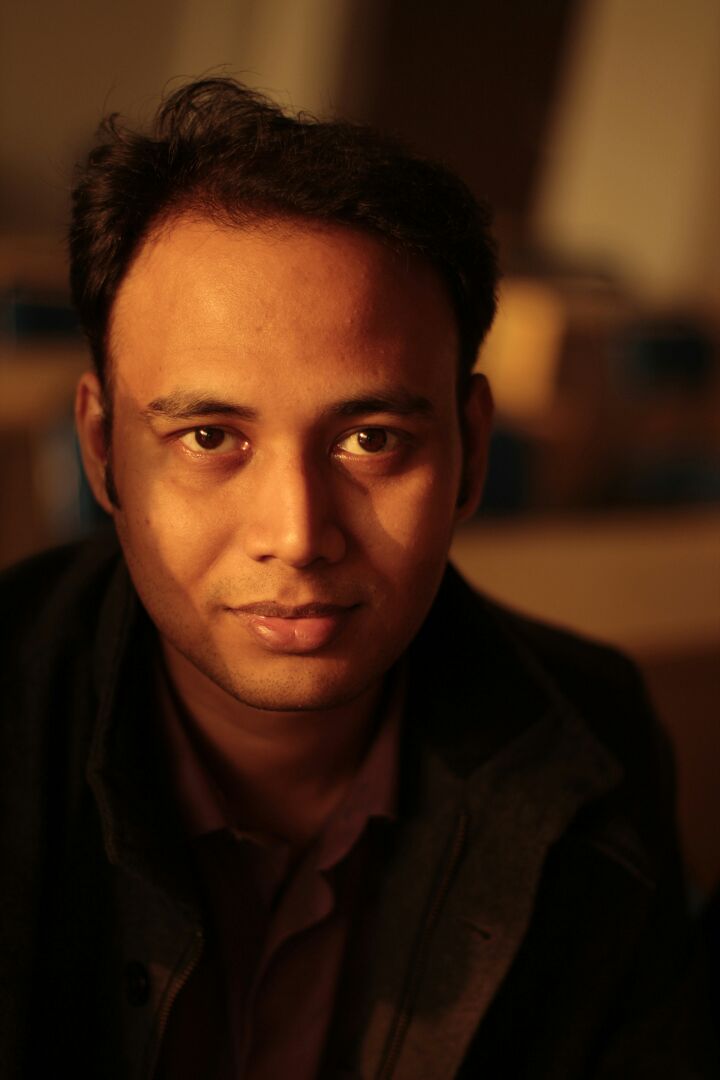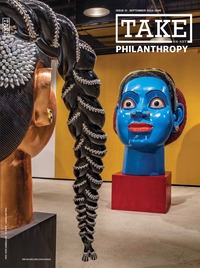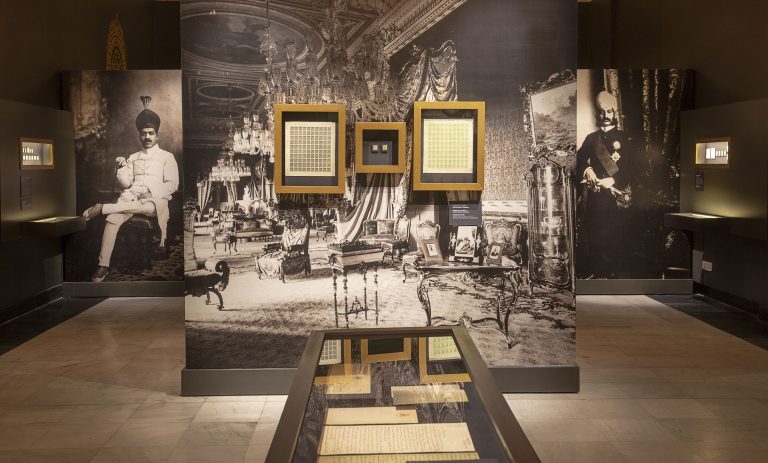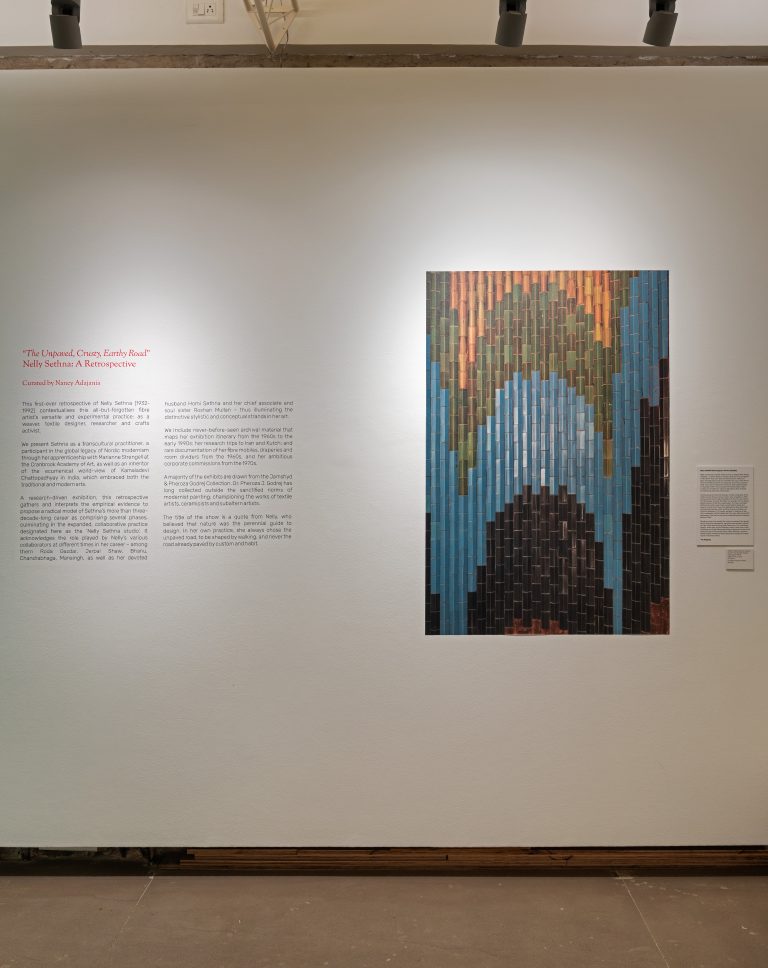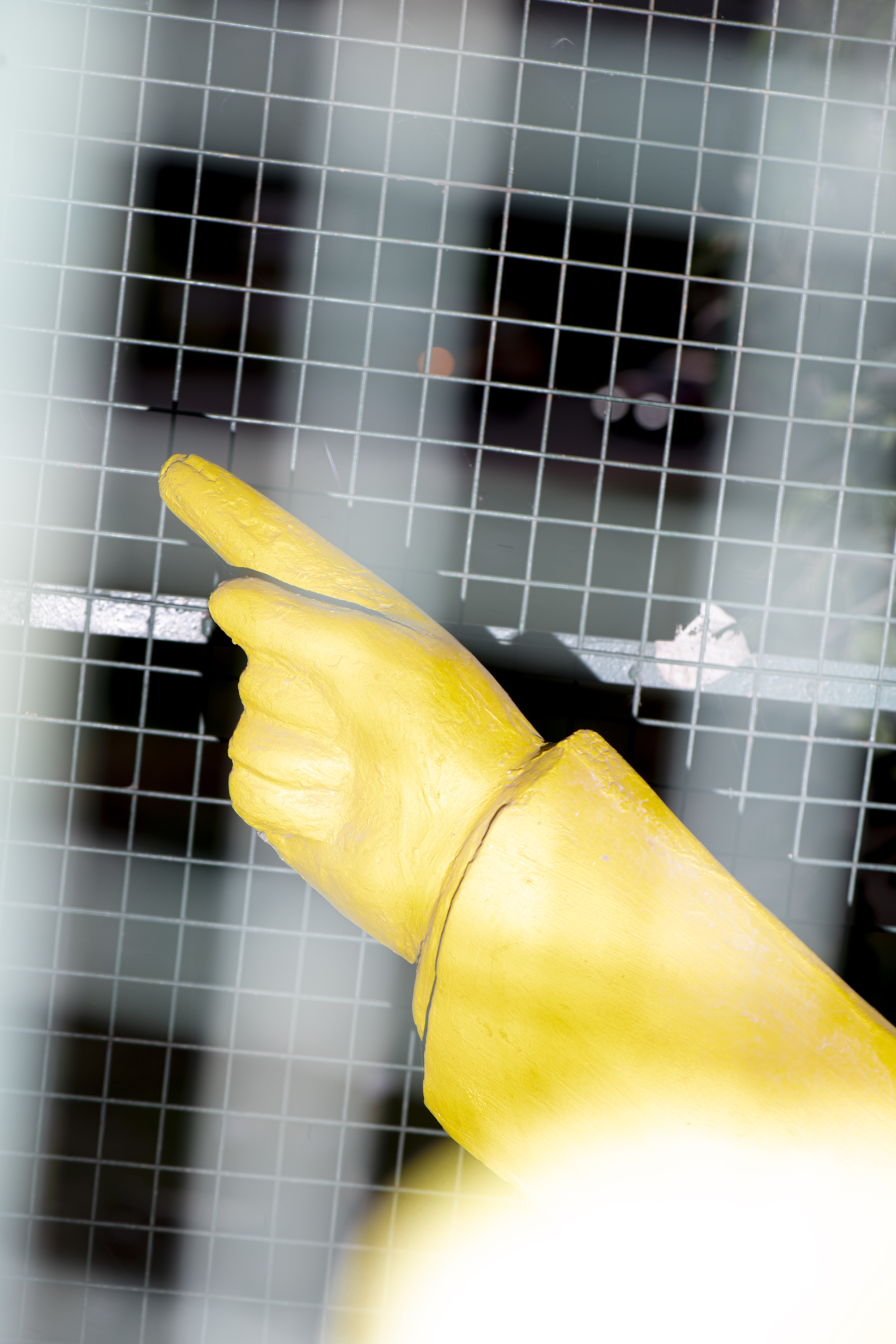 Early this year, on a sweltering April afternoon, while heading towards Vellore from the Chennai airport on an academic assignment, I was stuck on the dirt road, just off the national highway 48. The driver gentleman took a shorter route through an unnamed road following the google maps. The car came to a sudden halt, as a local procession was on the move. As I looked outside, a group of people clad in white, holding blue flags, passed at a distance. A gold painted sculpture also moved along on a trolley-truck, as the local police personnel briefly cordoned off the road. I could see the raised right arm of the statue with its index finger pointing towards the direction of the procession. It took me no time to identify the personage in question: Babasaheb Dr. Bhimrao Ramji Ambedkar – the architect of Indian constitution. Shortly afterwards, as I started approaching my destination, I came across several public sculptures dotting different roadside areas at significant intervals. Strangely enough, I soon noticed that the statues of Ambedkar demanded more attention as they all were exclusively locked away behind colourful cages. Upon enquiry, I realized that these acts of incarceration were done by the government and also by some Dalit locals – the collective custodians of these statuaries, who share the responsibility of safeguarding these sculptures. This journey led me to the works of Marcelo Schellini, a Brazilian photographer and educator, who has been photographing statues of Ambedkar in different Dalit localities in the larger North Arcot area, since January 2020. Marcelo, while teaching industrial design at the VIT, continued this project till July 2023, before joining the Curtin University campus in Malaysia, where he currently teaches at the Media and Communication department.
Early this year, on a sweltering April afternoon, while heading towards Vellore from the Chennai airport on an academic assignment, I was stuck on the dirt road, just off the national highway 48. The driver gentleman took a shorter route through an unnamed road following the google maps. The car came to a sudden halt, as a local procession was on the move. As I looked outside, a group of people clad in white, holding blue flags, passed at a distance. A gold painted sculpture also moved along on a trolley-truck, as the local police personnel briefly cordoned off the road. I could see the raised right arm of the statue with its index finger pointing towards the direction of the procession. It took me no time to identify the personage in question: Babasaheb Dr. Bhimrao Ramji Ambedkar – the architect of Indian constitution. Shortly afterwards, as I started approaching my destination, I came across several public sculptures dotting different roadside areas at significant intervals. Strangely enough, I soon noticed that the statues of Ambedkar demanded more attention as they all were exclusively locked away behind colourful cages. Upon enquiry, I realized that these acts of incarceration were done by the government and also by some Dalit locals – the collective custodians of these statuaries, who share the responsibility of safeguarding these sculptures. This journey led me to the works of Marcelo Schellini, a Brazilian photographer and educator, who has been photographing statues of Ambedkar in different Dalit localities in the larger North Arcot area, since January 2020. Marcelo, while teaching industrial design at the VIT, continued this project till July 2023, before joining the Curtin University campus in Malaysia, where he currently teaches at the Media and Communication department.

Initially, Marcelo was completely uninitiated to the socio-political context of these statues. It was the intriguing roadside posters and lurid public architectural spaces in and around Vellore, that inspired him to explore different localities including the Dalit neighbourhoods within and beyond the city. These sculptures however were discovered by mere chance, but their eccentric display compelled him to become an active viewer and an informed ‘outsider’. His photographs from ‘un-touchable’ series, become a tool to decode the dynamics of space making, where he explored the relationship between public memorials and topophilia. The political and physical idea of untouchability have long shaped the visual dialogues of micro-cultural geographies in the region, however, caging of the statues by the government appears to be a detrimental act. The images coerce us to ponder about ways to reconcile with the idea of intellectual liberation and conscious attempt of such confinement of icons. In Vellore, the statues of Ambedkar are not strikingly different from the rest of India, except their choice of pedestals which is reflective of larger Tamil urban aesthetics. Ambedkar mostly appears in his typical business suits and oratory postures, and occasionally holding the constitution. These statues are made by both professional and amateur artists, who are more invested in establishing a likeness of Ambedkar, rather than in the aesthetical language of academic portrait sculpture. Across India, Dalit imagery in general could be singled out by the use of their iconography, and Marcelo embarked on a journey to explore the embedded visual poetics.
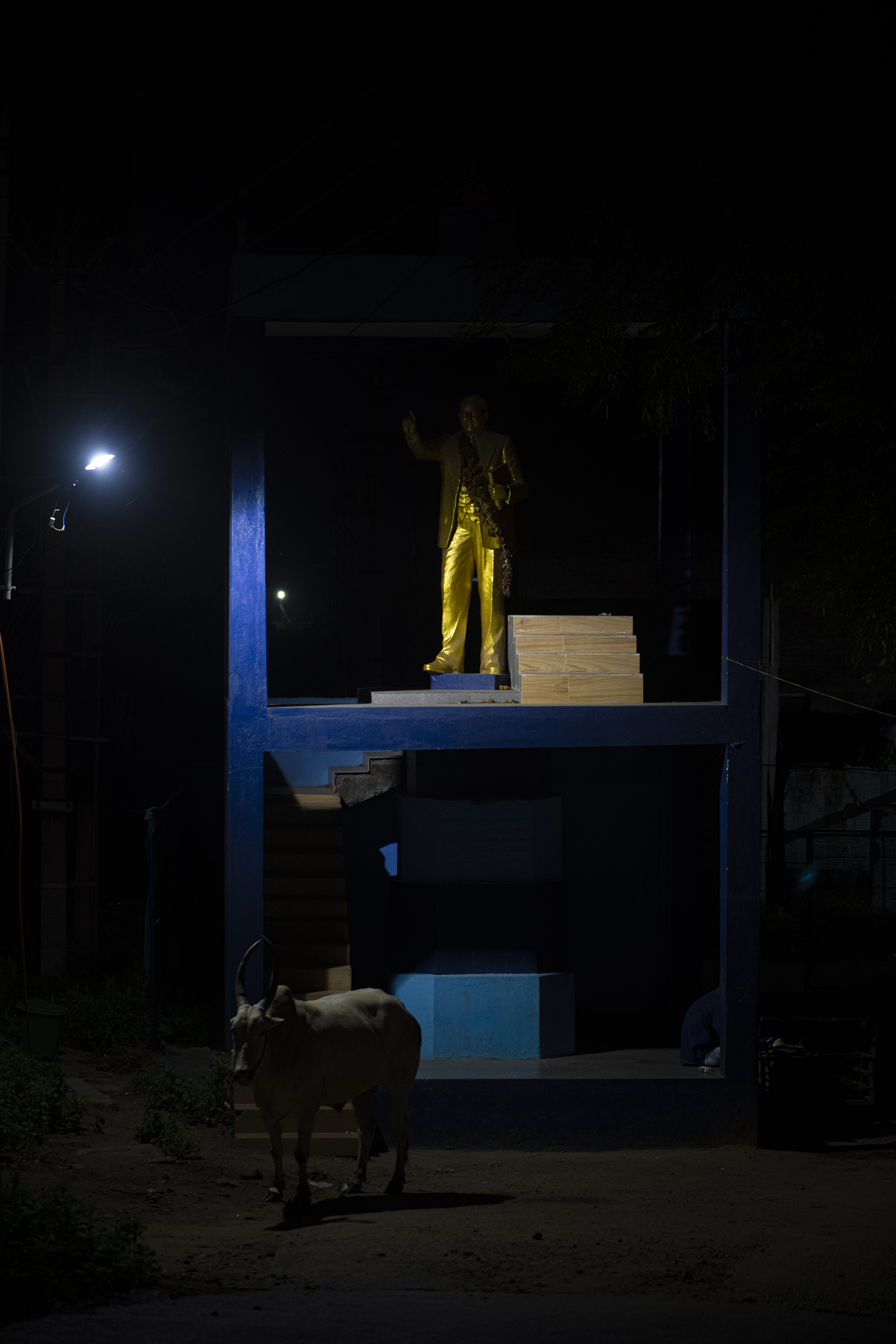
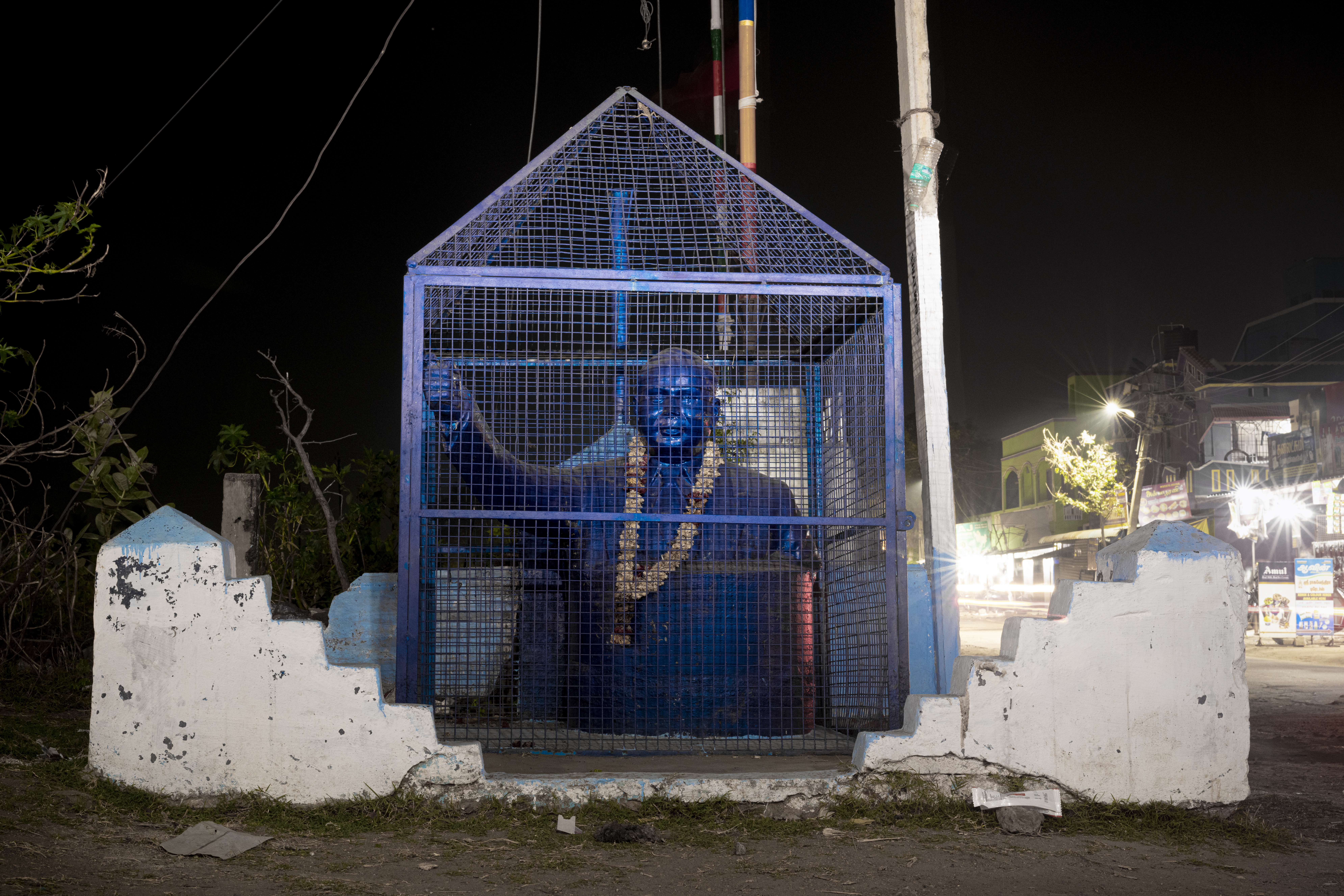
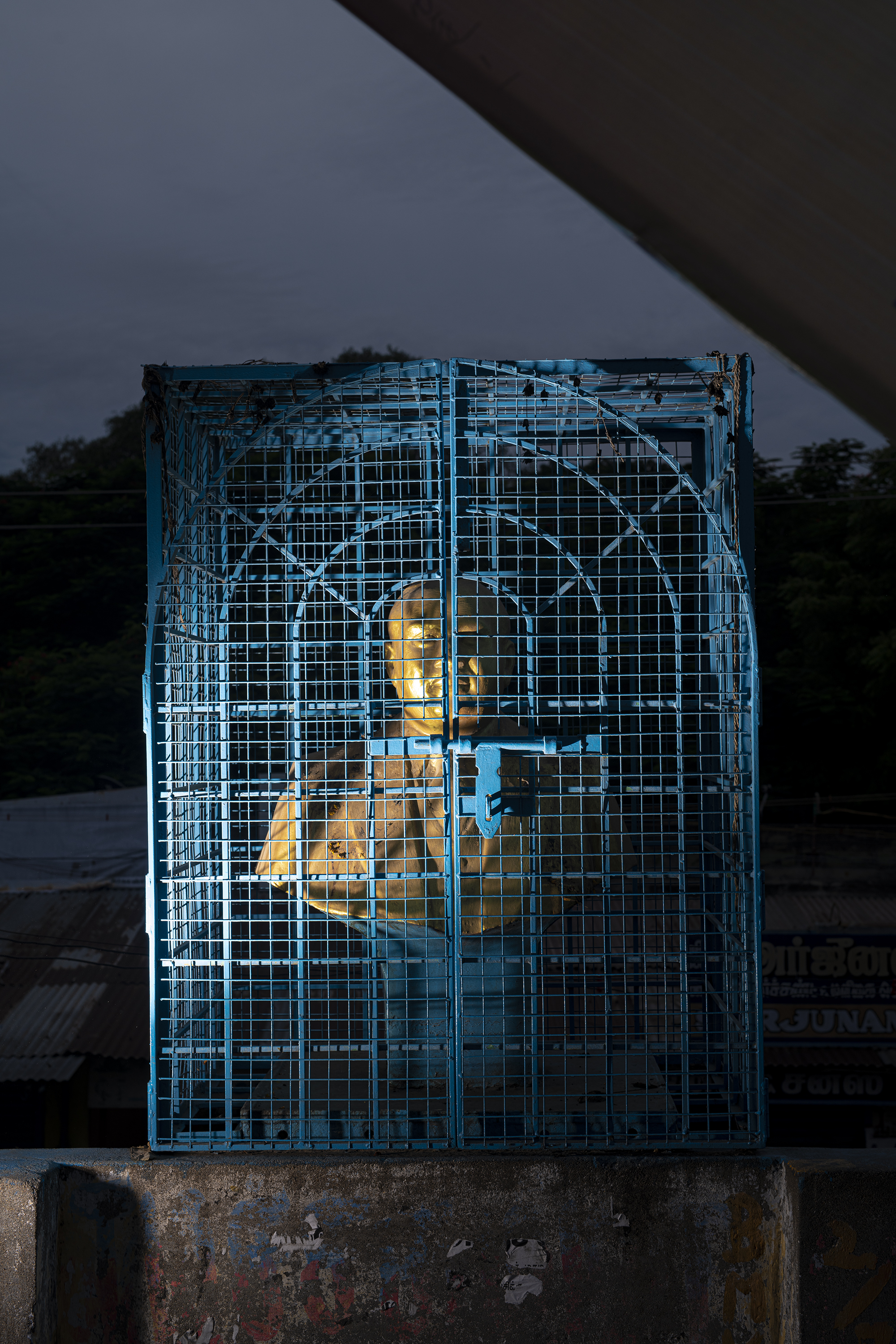
Since the installation of the massive bronze statues in Oval Maidan in Bombay around 1962 and in the premises of Indian Parliament in New Delhi around 1964 – Ambedkar statues started making civic appearances in several parts of the country. They not only became new landmarks, but also transformed into a tool for political mobilization. Pioneer scholars of Dalit Visual Studies like Gary M. Tartakov and Nicolas Jaoul opines that these statues became means for making Dalits visible within a partisan society. In Tamilnadu, 20% of the total population are Dalits. These sculptures become symbolic embodiments of the collective struggle against social discrimination. However, in Vellore as well in other parts of Tamil Nadu, the icons of Ambedkar took some time to claim spaces of their own. It was only after 1990, when the first sculpture was installed in North Arcot region. This change was somewhat possible with the rise of new firebrand political leaders like Thol. Thirumavalavan of Dalit Panthers Iyyakkam, who helped to rekindle the Dalit consciousness. The Dalit political struggle in Tamil Nadu differ from Maharashtra or Uttar Pradesh, as it is also deeply rooted in the idea of Tamil Nationalism, following the lines of Thanthai Periyar – another icon of the Dalit movement who spearheaded the movement of Dravida Kazagham. The backlashes between Dalit and caste Hindus, took new forms with the systematic vandalisation and removal of Dalit statues in some localities. For Dalits, it is no less than committing sacrilege. Very recently in November 2023, Tamilnadu BJP President K Annamalai, during a public rally in Srirangam, promised to remove Periyar statues from all the temple localities in the state, in case his party comes to power. Earlier on 6th May, 2018, a group of alleged right wing activists broke the nose and glasses of a Periyar statue in Vellore and just after two days, other miscreants in Thiruvottiyur Periyar Nagar of Chennai, splashed red ink over a bust of Babasaheb, that led to a massive riot. As a resolution, government started building cages around these statues, further confining Babasaheb and his ideas, on the pretext of safety measures. It is surprising to see the absence of Ambedkar statues in Tamilnadu’s government offices. Although, several official sanctions were passed over the past years, but the statues never made public appearances.
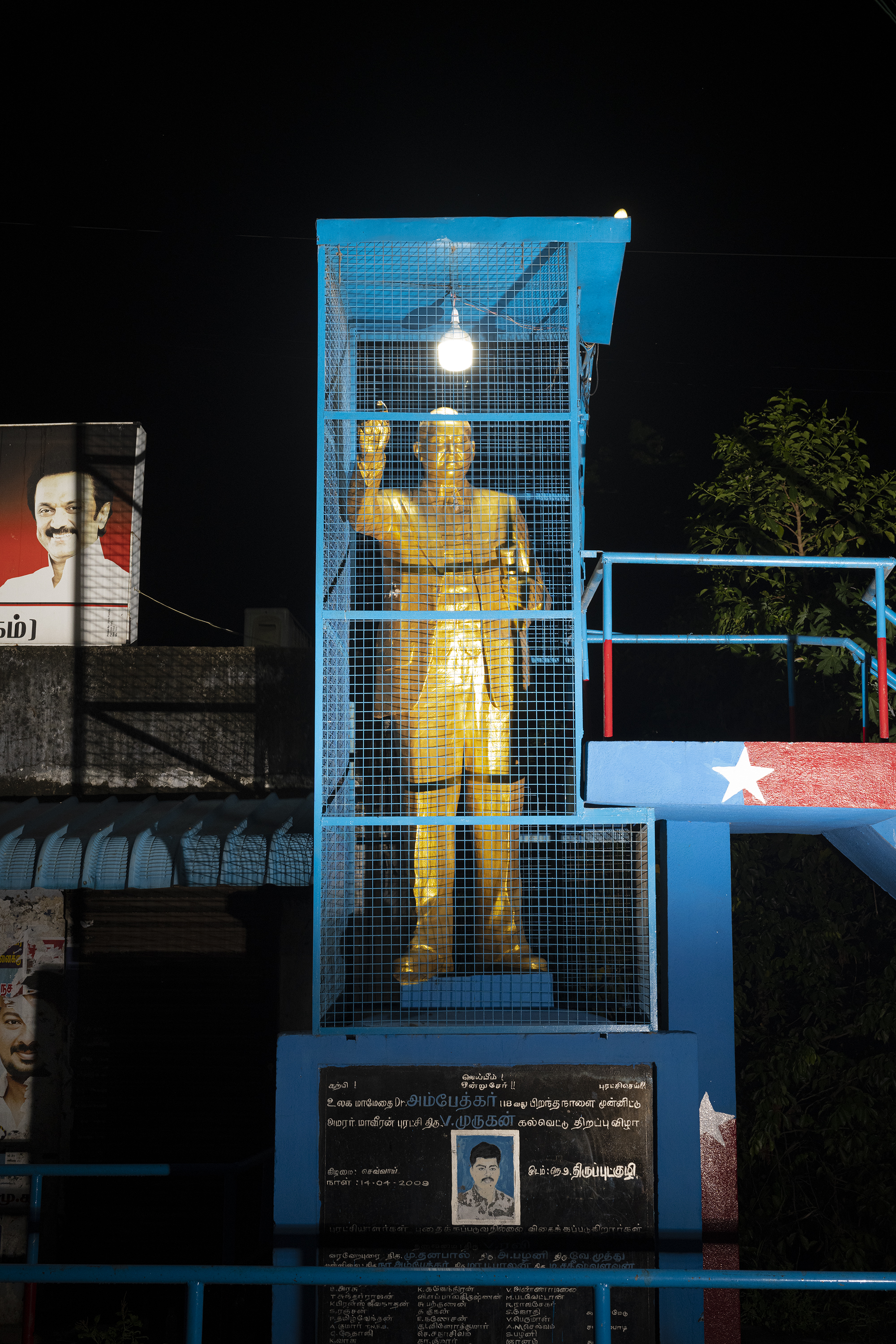
An ambiance of trepidation prevails in most of the Dalit localities of Vellore; thus as an outsider, these statues appear appealing only if seen from an ‘aesthetic distance’, and Marcelo abided by it. Being a foreigner in India, his social identity was not perceived as a threat to the community and he operated from a rather safer zone. His photographs read these sculptures in many layers, forcing the viewers to engage with critical contexts. They often evoke a sense of ambivalence between the ideas of sacred and profane, haptic and the optic. The cage act like a barrier between the viewer and the viewed. The statues photographed under artificial flash lights and random car headlights, seems startled by the sudden intervention. On one hand, the illuminated figures appear against the darkness, creating poetic metaphors, whereas, it also creates a sense of policing the city after dark. One may be reminded of the characters observed in famous 20th c American photojournalist Weege’s work. Here the immobility of the sculptures, creates a dramatic impact on the viewers. They appear desperate and desolated. Many viewers might find this process of photo-documentation to be an intrusion to a sacrosanct space. Marcelo’s lens compels viewers to engage with critical contexts and ponder the multifaceted layers embedded in the visual representation of Dalit statues in Vellore. If you really look close, the photographs will reveal a world of paradoxes in the world’s largest democracy.
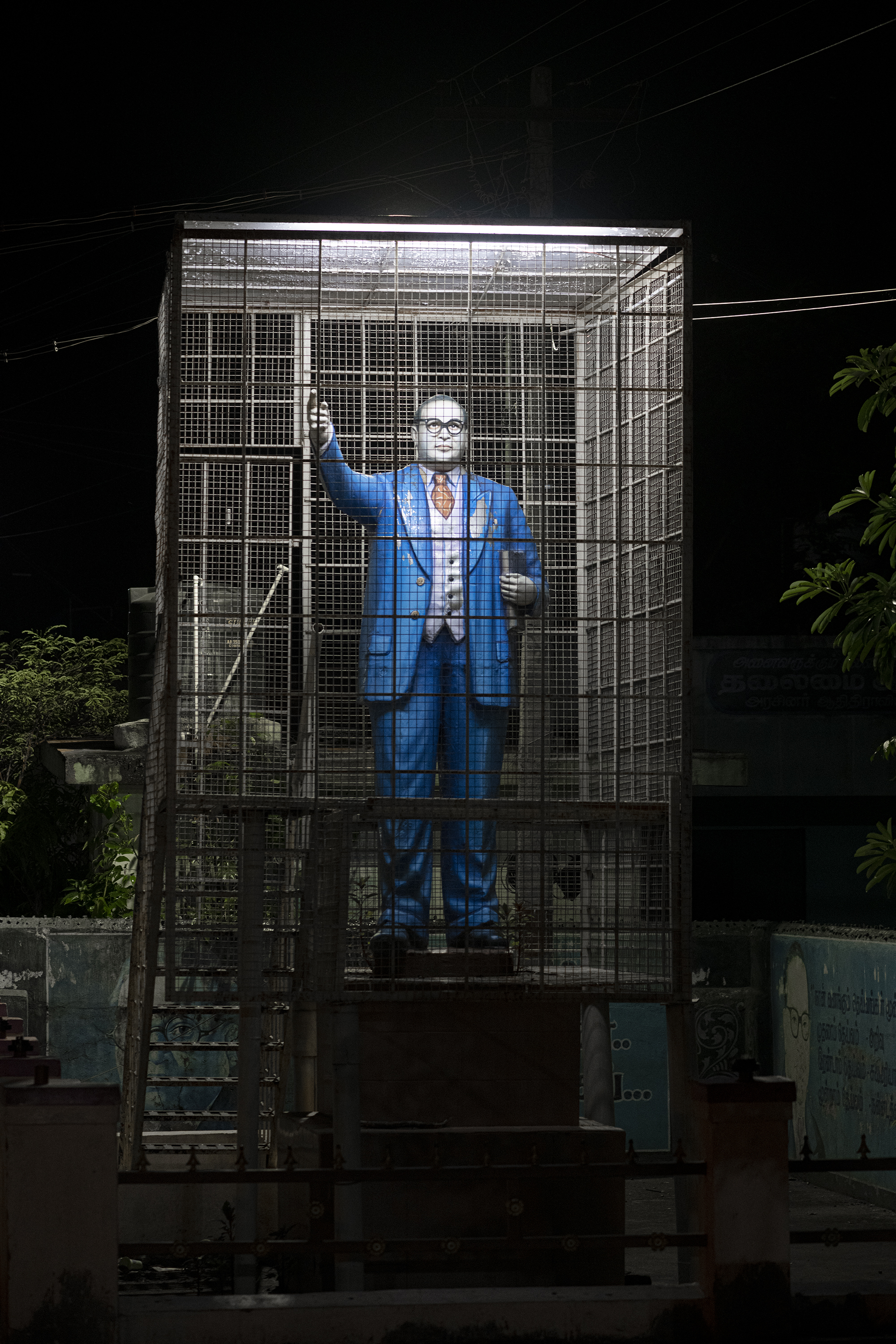
All Images Copyright Marcelo Schellini









